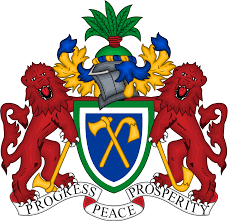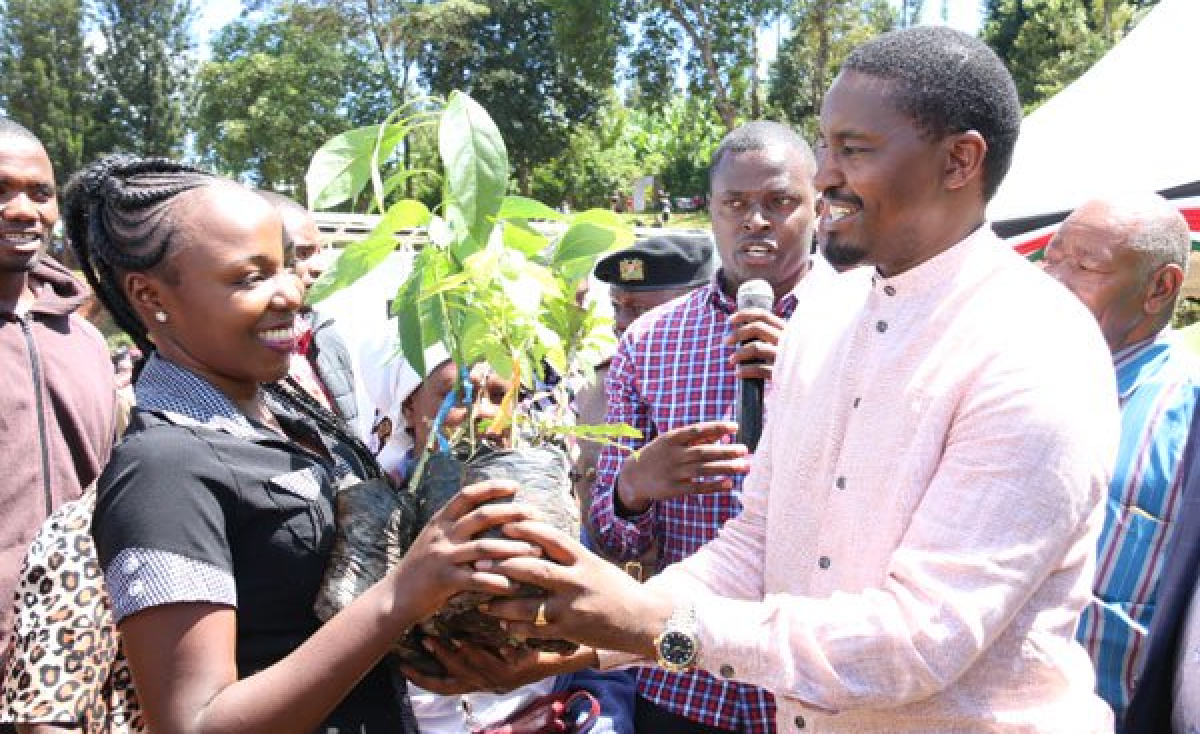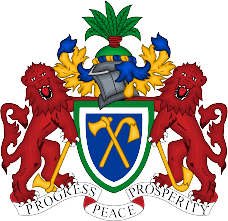In its frenzy for institutional novelty, the Government of The Gambia (GOTG) created the short-lived National Agricultural Development Agency (NADA) in 2007 and restructured the field administration of the then Department of State for Agriculture (DOSA) into the Department of Agriculture (DOA) with nine Service Units and six Regional Agricultural Directorates under NADA. It also established a Project Implementation and Management Unit (PIMU) of DOSA in 2007 to respond to a need for a unified implementation framework for its donor-supported projects and programs.
Disillusioned about its frenzy of institutional novelty by 2009, the GOTG renamed its line Departments of State into line Ministries. DOSA thus became the Ministry of Agriculture (MOA) which repealed NADA in 2009 but maintained its reorganized field administrative structures and its PIMU but renamed it as Central Projects Coordination Unit (CPCU).
The foregoing institutional development and rationalization of the GOTG took place against the backdrop of deepening concern for aid effectiveness which culminated in the Paris Declaration on Aid Effectiveness (PDAE) of 2005 and the Accra Agenda for Action (AAA) of 2008. The Gambia is a party to both the PDAE and the AAA like all the country’s traditional donor partners. Thus the renaming of PIMU into CPCU constitutes ample evidence of the country’s commitment to the Declaration and Action Agenda.
To fulfil the improved aid effectiveness concerns of the Paris Declaration, the core mandate of the CPCU include fiduciary responsibility for the arrangements and procedures for all public financial management, accounting, auditing, results frameworks and monitoring & evaluation for all agricultural investment projects of MOA.
Thus the institutional mandate of the CPCU as envisaged by the 2007 Cabinet Paper which established its antecedent PIMU includes:
- Project Aid Coordination and Facilitation of Donor-MOA/Government Dialogue;
- Investments and Procurement Program Coordination; and
- Capacity Building on Project Administration
1. Planning & Programming
The planning/programming section will have the primary role of assisting would-be donors in the identification, analysis, appraisal, design and formulation of new projects and programs in the agricultural sector. The routinized programming function of the section will be the formulation of an annual Work Plan for each project and the amalgamation of these project-specific annual work plans into a consolidated annual CPCU Work Plan. Each project Work Plan will define the activities and necessary budgets for the year with detailed measurable indicators as the basis for monitoring and evaluating projects implementation performances and results.
2.Partnerships
Partnership between NGOs and international development donor partners has been the sole financial mechanism for the very existence of the former. Similarly in 1993 three private farms in commercial flower production in partnership with some European farms in the United Kingdom benefited from Commonwealth Secretariat and International Finance Corporation (IFC) supports.
3.Financial Management
A major task of the CPCU is to manage financial resources of all the donor-supported projects under the MOALFS. The provision of adequate and timely financial information upon which operational decisions can be taken is of prime importance to the success of investment projects. The financial management function entails donor mobilization and resource coordination; multi-donor reporting; projects accounting; establishment and maintenance of a database for multi-purpose information management; and disbursement and replenishment of funds for the activities of each project.



